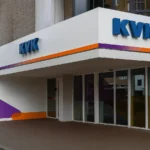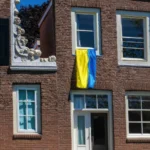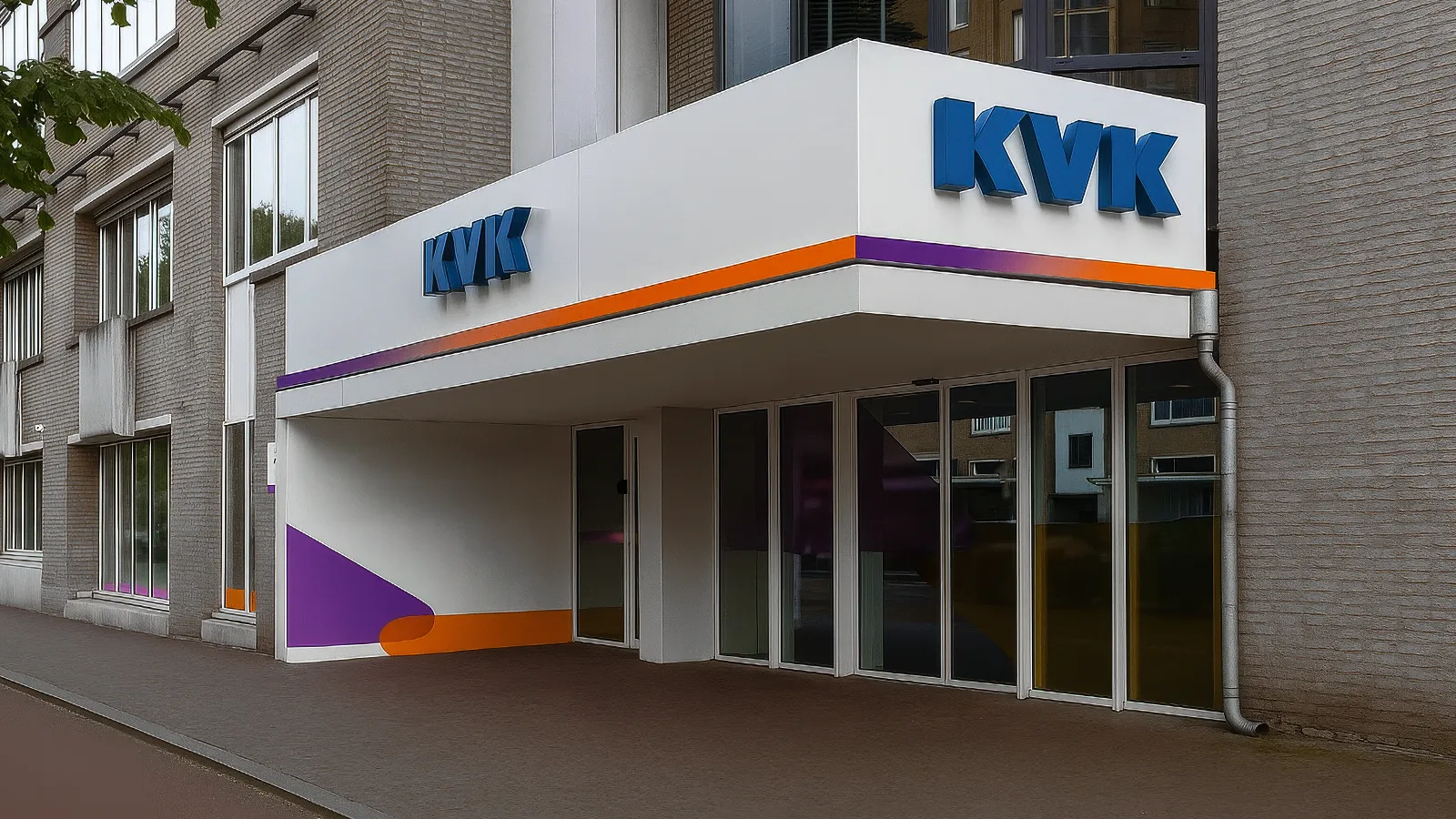
Refugee status in the European Union and the Netherlands provides protection to individuals who face persecution or serious threats in their countries of origin. This article briefly outlines the main points of the asylum procedure in the Netherlands and the steps an applicant must take to obtain the aforementioned status.
The foundation of the asylum system in the EU is the 1951 Geneva Convention Relating to the Status of Refugees and its 1967 Protocol. These documents define who qualifies as a refugee, establish the principle of non-refoulement, and set forth basic guarantees, which have been incorporated into EU legislation.
Another important source is the Charter of Fundamental Rights of the European Union. Article 18 explicitly guarantees the right to asylum, while Article 19 prohibits collective expulsions and deportation in cases where there is a threat to life or freedom.
At the EU level, a set of legal instruments forms the Common European Asylum System (CEAS). This includes:
- Directive 2011/95/EU on standards for the qualification and status of international protection beneficiaries,
- Directive 2013/32/EU on common procedures for granting and withdrawing international protection, and
- Directive 2013/33/EU on standards for the reception of applicants for international protection.
These directives have been transposed into Dutch national law, including the Aliens Act (Vreemdelingenwet 2000) and relevant secondary legislation that regulates the asylum process.
Asylum Procedures in the Netherlands
In the Netherlands, asylum procedures are governed by national legislation aligned with EU directives. The main authority responsible for processing asylum applications is the Immigration and Naturalisation Service (IND).
General Asylum Procedure (AA)
The General Asylum Procedure (Algemene Asielprocedure, AA) is the standard procedure and usually lasts six days. In some cases, it may be extended to nine days (AA+). During this process, the applicant is interviewed regarding personal information, travel route, and reasons for seeking asylum.
Extended Asylum Procedure (VA)
If an application cannot be processed within the general procedure, it moves to the extended procedure, which may last several months or longer. The applicant may be transferred to a different reception facility and is not required to visit the IND office daily. Transition to the extended procedure (VA) occurs in the following cases:
- The applicant is under 12 years old and arrived unaccompanied.
- The applicant is ill and requires treatment before giving testimony about their reasons for fleeing.
- IND needs more time to make a decision, for example, to conduct further investigations.
- No interpreter is available.
- The applicant has family members who are also undergoing the extended procedure.
- Temporary shortage of experienced IND staff.
Repeat Asylum Application (HASA)
Individuals who have previously been denied asylum may submit a repeat application (herhaalde asielaanvraag, HASA) if new circumstances or evidence have arisen that were not considered in the original application.
Dublin Procedure
The Dublin Procedure is applied when another EU Member State, EEA country, or Switzerland is considered responsible for examining an asylum application. This is based on Regulation (EU) No. 604/2013 (Dublin III), which sets out the criteria for determining the responsible country.
The procedure is initiated in the following cases:
- The applicant has previously submitted an asylum request in another EU/EEA country or Switzerland.
- The applicant first entered Europe through another country, for example, irregularly.
- Another country issued the applicant a Schengen visa or a residence permit.
Key features of the procedure:
- The procedure is relatively short in duration.
- The applicant is accommodated in a COA reception center (Central Agency for the Reception of Asylum Seekers).
- A single interview is conducted by the Immigration and Naturalisation Service (IND). During this interview, personal data, nationality, and the travel route are discussed. Grounds for asylum (such as persecution) are not addressed at this stage. However, the applicant may explain why they believe the Netherlands should examine their case and express their opinion on the transfer to another country.
- If the transfer is confirmed, the applicant is relocated to the responsible country.
- If the IND denies the transfer request, the applicant has the right to appeal the decision in a Dutch court and will usually retain the right to stay in the reception center during the appeal process.
- If it turns out during the process that the Netherlands is indeed responsible for handling the case, the application will be transferred to the General Asylum Procedure (AA/AA+).
Accelerated Procedure
This procedure applies in the following cases:
- The applicant comes from a country designated as safe.
- The applicant is a citizen of an EU country.
- The applicant already has protection in another EU/EEA country or Switzerland.
Applicants from safe countries of origin or EU citizens may undergo an accelerated procedure, which is faster than the standard process. The list of safe countries is determined by the Dutch government and is regularly updated.
The procedure takes place in an accelerated format. The applicant is placed in one of the reception centers and waits to be called for a single interview with the Immigration and Naturalisation Service (IND).
During this interview, their personal data, nationality, travel route, and the reasons for submitting the application are checked. If the person already has refugee status or another form of protection in another EU country, the focus is not so much on the circumstances in the country of origin, but rather on the explanation of why they left the country where they had received protection.
After the interview, the IND usually makes a decision within a few days. However, if there is a need for further examination of the case, it is transferred to a longer procedure — either the general (AA/AA+) or the extended one. This may happen, for example, if there are doubts about the authenticity of the provided information or if clarification of additional circumstances is required.
In case of a negative decision, the applicant has the right to appeal in court. During the court process, they usually remain in the Netherlands and retain the right to reception and legal assistance. However, if the court agrees with the IND’s decision, the person must leave the country immediately, loses the right to stay in the reception center, and typically receives an entry ban to the Schengen area. They may be transferred to a special facility for return preparation or, in some cases, placed under administrative detention until deportation.
Border Procedure (GP)
Individuals who apply for asylum directly at the border (e.g., at the airport) may be subject to the border procedure (grensprocedure, GP). This procedure can last up to 28 days, during which the applicant is held in a specialized detention facility near Schiphol Airport.
The process begins with an interview conducted by the Immigration and Naturalisation Service (IND), similar to the one in the General Asylum Procedure (AA/AA+). However, if the IND considers the application unfounded or determines that it should be handled through the accelerated procedure (e.g., if the applicant is from a safe country or already holds protection in another state), the process may be expedited. The maximum duration of the border procedure is 28 days.
The procedure can end in several ways:
- If the IND issues a positive decision, the applicant is granted entry into the country and transferred to an open reception facility to await placement in municipal housing.
- If the IND concludes that more time or further investigation is needed, the case is transferred to the extended procedure, and the applicant is moved to a regular reception center.
- The process can also be concluded by transferring the case to the general procedure, which also involves moving the applicant from the closed to an open facility.
If the IND issues a negative decision, the applicant has the right to appeal to a Dutch court. While the appeal is pending, the applicant remains in the closed detention facility. If the court upholds the IND’s decision, the applicant is denied entry into the country, issued a Schengen entry ban, and transferred to a facility to await deportation. However, if the court rules that the IND unjustly refused the application, the applicant is granted access to the Netherlands and continues the asylum process under the extended procedure in an open facility.
Thus, the border procedure in the Netherlands serves as a form of preliminary screening that allows authorities to filter out clearly unfounded applications before granting access to the country. Despite its expedited and closed nature, the procedure includes legal safeguards such as the right to legal counsel, an interpreter, and the right to appeal.
Procedure for Unaccompanied Minors (AMV)
Unaccompanied minors follow a special procedure (alleenstaande minderjarige vreemdelingen, AMV) that considers their age and vulnerability. They are assigned a guardian from the NIDOS Foundation and are provided with special accommodation and support conditions.
This procedure applies to individuals under the age of 18 who arrive in the Netherlands without parents or legal guardians.
Key steps:
- After submitting an application, the minor is given a recovery period during which they receive support from VluchtelingenWerk Nederland (VWN) and a lawyer.
- The minor then proceeds through the regular asylum procedure (AA/AA+), but with additional considerations for their age and vulnerable status.
- A guardian from the NIDOS organization is appointed to assist with housing, education, healthcare, and navigating the legal system.
- If the applicant lacks documents to prove their age, the IND may initiate an age assessment (e.g., a bone X-ray).
- If asylum is denied, authorities check whether safe and adequate care is available in the country of origin.
- If return is not possible due to the absence of suitable care arrangements, the applicant may be granted residence on humanitarian grounds (buitenschuldvergunning), provided they have cooperated with the authorities.
Permanent Residence Based on Asylum
After five years of continuous residence in the Netherlands with a temporary asylum residence permit, individuals may apply for permanent residency.
Requirements include:
- The original grounds for asylum still apply.
- Fulfillment of integration requirements.
- No threat to public order or national security.






